Wild Things
The weird and wonderful in the natural world
Sign up for our newsletter
We summarize the week's scientific breakthroughs every Thursday.
-
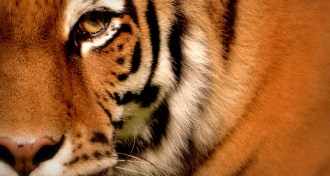 Animals
AnimalsDog disease threatens Siberian tigers
Canine distemper virus poses a particular danger to small groups of the big cats.
-
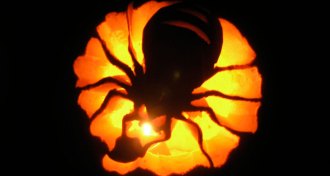 Animals
AnimalsTen real-life Halloween horrors in the natural world
Vampires and witches are nothing compared to mind-controlling parasites, nose ticks and antibiotic-resistant superbugs.
-
 Animals
AnimalsBirds large and small hop over obstacles in similar ways
Bipedal birds, from tiny quail to huge ostriches, tackled a step in a similar way, minimizing energy cost and maximizing safety.
-
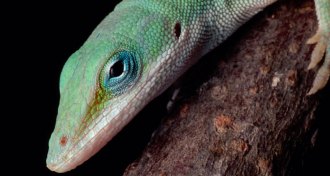 Animals
AnimalsInvasion drives quick evolution of lizard feet
After Florida islands were invaded by the Cuban anole, indigenous Carolina anoles quickly evolved feet better suited for climbing high.
-
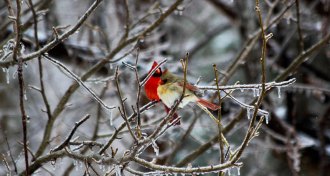 Animals
AnimalsSouthern birds may be moving into your winter backyard
A warming climate is letting warm-adapted birds live farther north in winter, a new study finds.
-
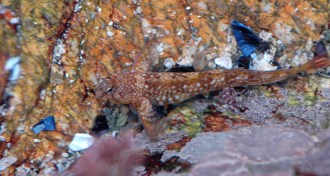 Animals
AnimalsCamouflaged fish found hiding in plain sight
Rockpool gobies change color depending on their background.
-
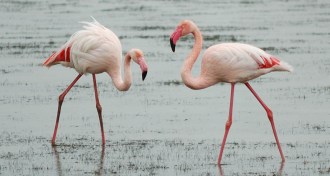 Animals
AnimalsFrench flamingos froze to death without freezing
Cold snaps in 1985 and 2012 starved flamingos by the thousands in southern France.
-
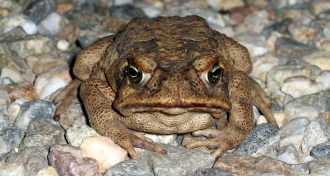 Animals
AnimalsQuick-moving toads take the straight and narrow path
Cane toads at the front line of an invasion in Australia have evolved to move in straighter paths than those left behind.
-
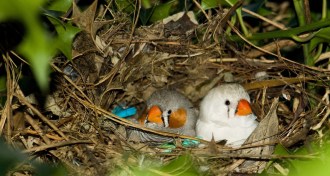 Animals
AnimalsZebra finches use camouflage
In an experiment, zebra finches camouflaged their nests to match the background, even though they lived in captivity and there was no danger of predators.
-
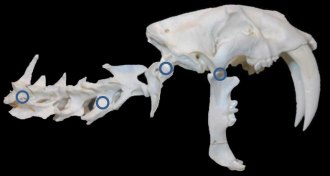 Animals
AnimalsHow a saber-toothed cat is like a can opener
A researcher argues that the saber-toothed cat’s teeth acted like an old-fashioned can opener.
-
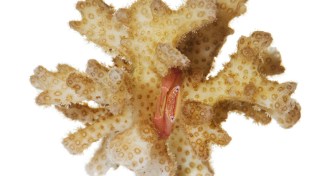 Animals
AnimalsCrabs guard coral from army of sea stars
Coral guard-crabs proved their worth during a 2008 outbreak of crown-of-thorns sea stars, with many successfully protecting their coral from being eaten.
-
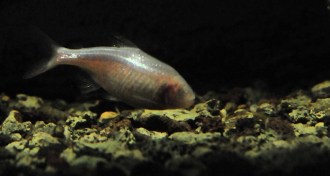 Animals
AnimalsBlind cavefish got no (circadian) rhythm
Eyeless Mexican cavefish have lost their circadian rhythm and become more efficient in the dark, a new study finds.